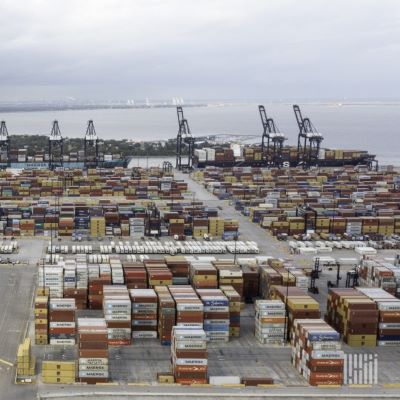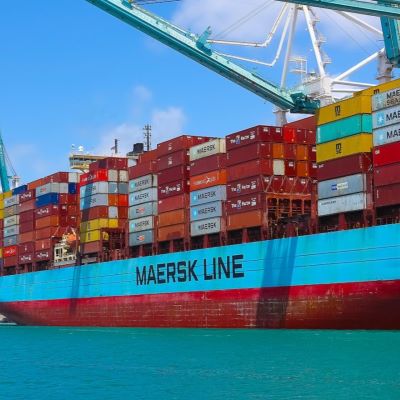US retailers try to get ahead of shipping disruptions

Despite the risk of being stuck with excess inventory, US retailers are accelerating overseas orders to get ahead of worsening shipping disruptions amid rising freight rates and growing geopolitical concerns
“A natural reaction of supply-chain managers in the face of potential further disruption, even though the rates are higher, has been to advance the shipping times”, explained Paul Bingham, director of transportation consulting at S&P Global Market Intelligence, referring to the increase in import containers arriving at US seaports in far greater numbers than usual since late spring.
Companies see warning signs flashing around the globe, from drought-related restrictions at the Panama Canal to the threat of a dockworkers’ strike at US East and Gulf Coast ports this autumn, not to mention the ongoing disruption to global shipping operations caused by the blockade of the Red Sea by Houthi rebels, who have attacked merchant ships approaching the Suez Canal.
In fact, ocean carriers have added vessels to the Asia-Europe routes to maintain regular schedules, reducing global vessel capacity and pushing up prices on the main shipping lanes. But rising costs haven’t deterred importers, who now risk being stuck with excess stock if consumers don’t pick up their spending.
Matt Priest, chief executive of the Footwear Distributors and Retailers of America trade group, also points to the impact of new tariffs on Chinese-made goods that will come into effect on the 1st of August. “We think there’s been a run-on capacity there to get product in before those tariffs take effect”.
In the last few years, retailers “have dealt with sharp and unpredictable swings in consumer demand, product shortages and gluts, shipping delays and volatile freight prices. Bringing in goods earlier than normal is a natural reaction to those challenges”, he told The Wall Street Journal. “They have been burned a multitude of times”, so “they are wiser as to when and how to mitigate risk”, he concluded.
Source: wsj.com
Image Credits: freightwaves.com



















